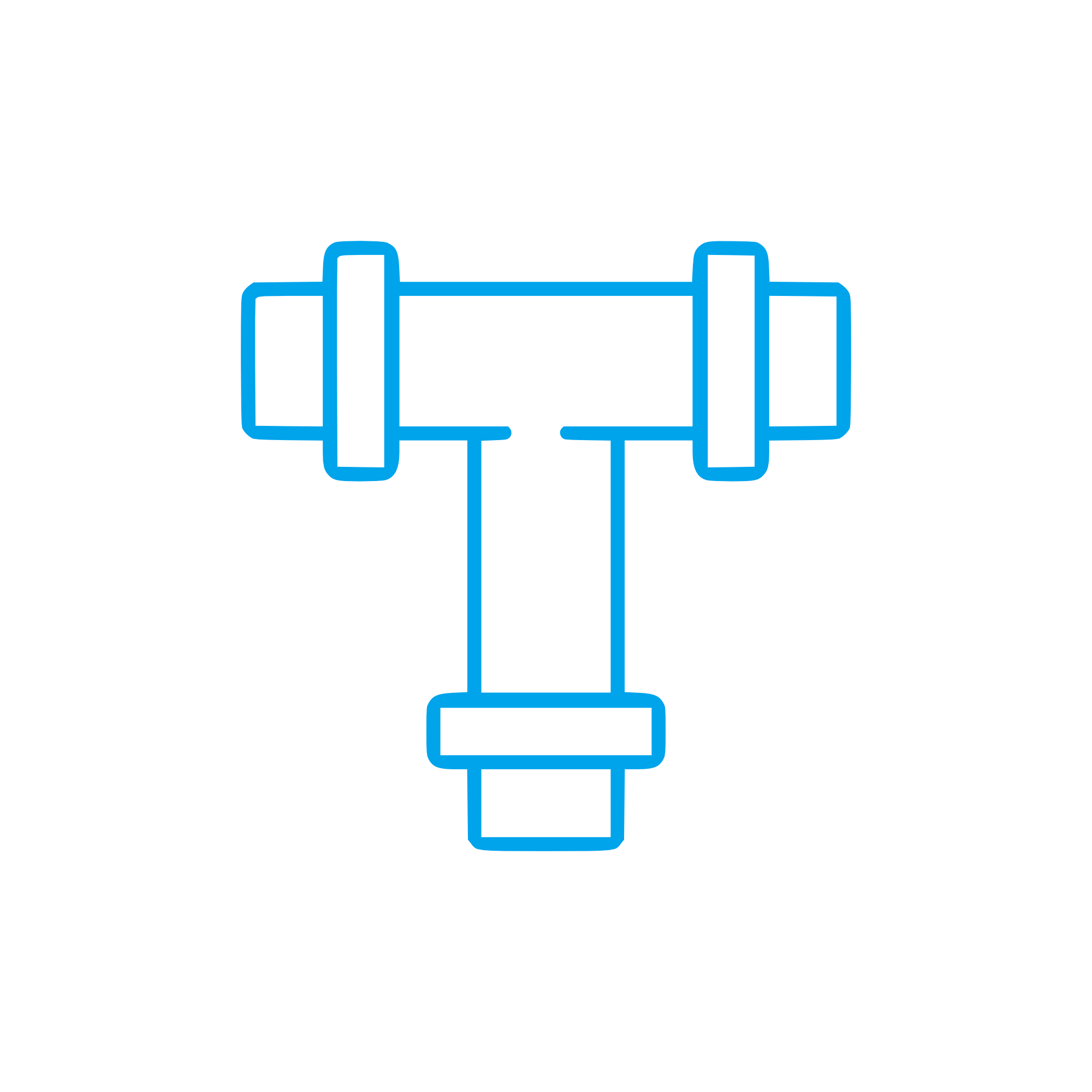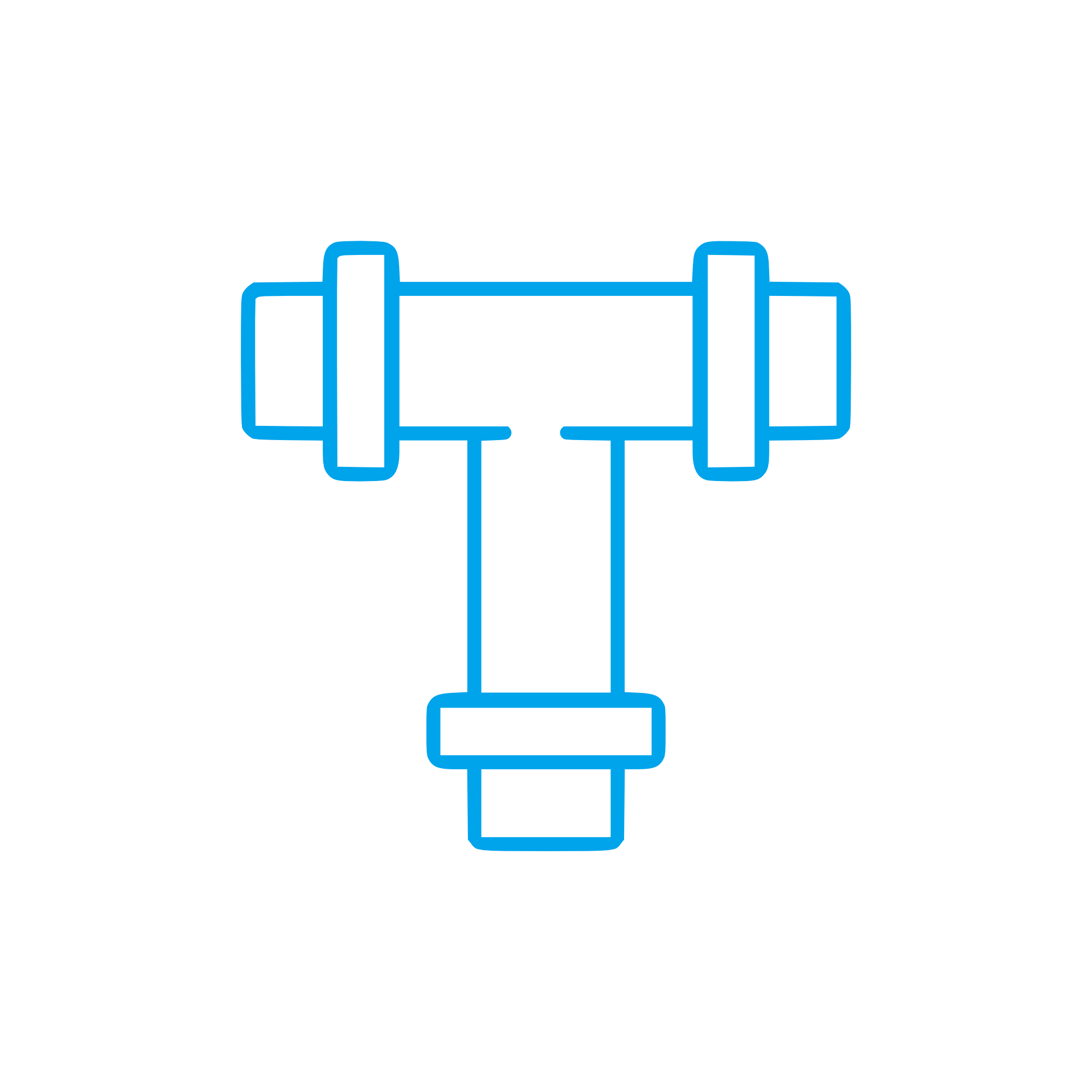LEAK OFF LINE Lines and pipes for high-performance diesel and gas engines
Lines and pipes are the vital circulation network of any combustion engine. In this article category you will find precision-engineered fuel, oil, coolant, air, and hydraulic conduits that connect key components, stabilize pressures, and ensure clean, leak-free media transfer. From high-pressure fuel injection lines to the specialized LEAK OFF LINE assemblies that return excess fuel from injectors, these parts are fundamental to reliable engine operation across marine propulsion, power generation, rail, and industrial applications. Their design, material selection, and manufacturing accuracy directly influence safety, performance, and lifecycle cost.
Technical function of Lines and pipes and the LEAK OFF LINE in a diesel engine
In a diesel engine, lines and pipes perform three core functions: transport of media under controlled pressure, thermal and chemical resilience, and safe containment. High-pressure lines deliver fuel from the pump to injectors at precisely timed pulses, while lubrication and coolant pipes maintain film strength and thermal stability under continuous load. Air and control lines manage actuation and start systems. Within this network, the LEAK OFF LINE plays a specific and critical role: it channels backflow (leakage) fuel from injector bodies and pump elements to a return manifold or tank, stabilizing rail or gallery pressure and preventing foaming, vapor lock, and uncontrolled drips on hot surfaces.
On a LEAK OFF LINE marine engine installation, the return line also assists injector cooling and air purging after maintenance, improving start reliability and reducing smoke at low load. Proper internal diameter, wall thickness, and routing geometry minimize pressure pulsation and avoid resonance that could fatigue fittings. In addition, compliant sealing interfaces—such as double-flared ends, cone-seat connections, or elastomeric quick-couplers—must match the injector and pump designs to avoid micro-leaks. For OEM parts, dimensional tolerances, heat treatment, and surface cleanliness are tightly controlled to preserve injection timing consistency and to safeguard downstream filtration and fuel conditioning systems.
- · Stable pressure control in fuel return circuits
- · Resistant alloys for diesel, HFO, and distillates
- · Vibration-optimized routing and rigid supports
- · Leak-tight cone, flare, or O-ring interfaces
- · Cleanliness to ISO 4406 and burr-free edges
- · Corrosion protection: passivation, coatings, CuNi for sea water areas
- · Verified pressure and temperature ratings
- · Traceable batches and repeatable bends
- · Fire-safety shielding options in engine rooms
Importance for engine operation: reliability and service life of Lines and pipes and the LEAK OFF LINE
Well-engineered lines and pipes are essential to uptime. If a LEAK OFF LINE diesel engine return system is restricted or damaged, injector body temperature rises, nozzle control edges can coke, and injection timing drifts. The result: rough running, elevated specific fuel oil consumption, visible smoke, and higher emissions. In severe cases, uncontained fuel mist in a hot engine room becomes a fire hazard. Similarly, fatigued high-pressure fuel pipes can develop hairline cracks from vibration; corroded coolant pipes can leak at supports; and lube oil lines with degraded seals can aerate the oil, reducing bearing life.
Common failure modes include chafing against adjacent components, pitting corrosion under clamps, thermal hardening of elastomers, and incorrect torque on flare fittings. Preventive actions—correct clipping intervals, flexible sections to decouple vibration, correct bend radii, and adherence to torque specs—extend service life. When selecting replacements, matching material grade, internal surface finish, and end-connection geometry is critical to maintain system integrity and to protect pumps, injectors, and turbochargers from cascading damage.
Advantages of OEM spare parts suitable for Lines and pipes and LEAK OFF LINE OEM parts
Choosing OEM spare parts suitable for this category ensures that each line and pipe meets the exact pressure rating, bend profile, and sealing specification designed for the engine. That precision translates directly into performance, reliability, budget control, and longer service life.
Performance and efficiency
Engineered-to-spec LEAK OFF LINE OEM parts deliver consistent return flow, preserving rail or gallery stability and precise injection events. Correct surface finishes and calibrated internal diameters reduce turbulence and aeration, improving fuel atomization and lowering specific fuel consumption.
Reliability and durability
Certified material grades (e.g., high-pressure carbon steel, stainless steels, or CuNi for marine environments) resist corrosion and thermal cycling. Repeatable bends and proper wall thickness reduce stress concentrations, while compatible sealing cones and threads prevent micro-leaks that would otherwise escalate into failures.
Budget and lifecycle
Fit-first-time geometry reduces installation hours and rework. Stable operating conditions extend injector, pump, and bearing lifetimes, cutting unplanned downtime. Documented traceability supports planned maintenance and simplifies audits, limiting costly investigative work after incidents.
Safety and compliance
With correctly rated lines and validated assemblies, engine rooms benefit from minimized spray risk, proper shielding, and compliance with class and yard specifications. For marine engine applications, this is central to safe operation and uninterrupted voyages.
MOPA as a partner for OEM spare parts Lines and pipes and LEAK OFF LINE solutions
MOPA is an experienced and reliable partner for sourcing OEM spare parts in the Lines and pipes category, including complete LEAK OFF LINE assemblies for diesel and gas engines. We prioritize speed, quality, and security throughout procurement and logistics: rapid quotations, global shipping, export documentation, and packaging tailored for sensitive pipe geometries. Our team cross-references part numbers across major engine makers, supports kitting for overhauls, and provides batch traceability to simplify compliance. The result is reduced downtime and confident maintenance planning for shipowners, power plant operators, and industrial users alike.
Conclusion: LEAK OFF LINE Lines and pipes that protect performance
Lines and pipes form the backbone of fluid management in heavy-duty engines, and the LEAK OFF LINE is pivotal to stable fueling, clean operation, and safety. Selecting OEM spare parts suitable for this category secures precise fit, dependable performance, and long service life—optimizing cost and uptime for demanding diesel and gas engine operations.




